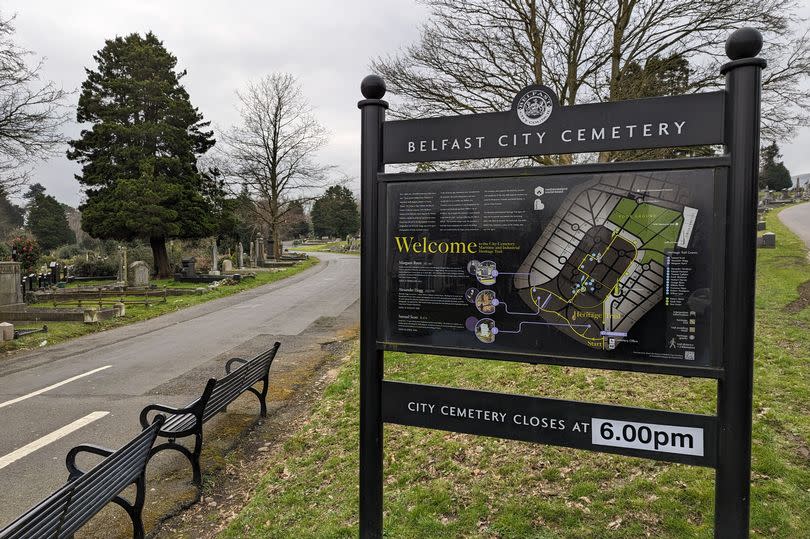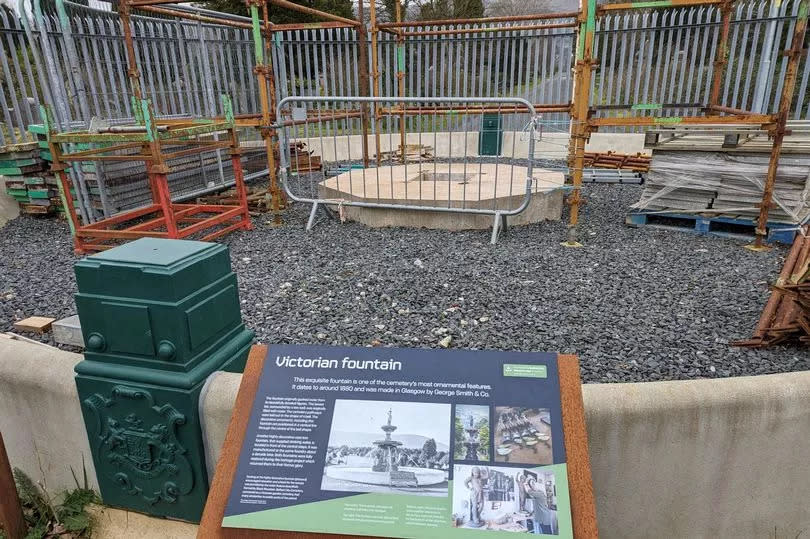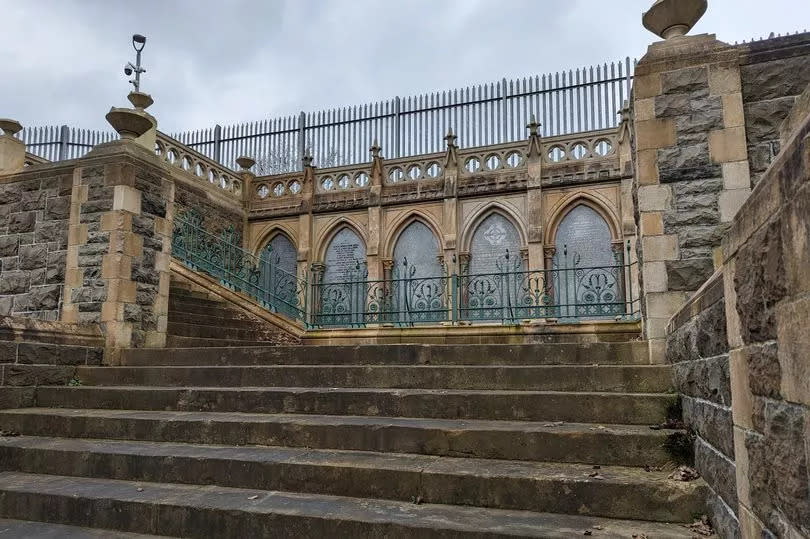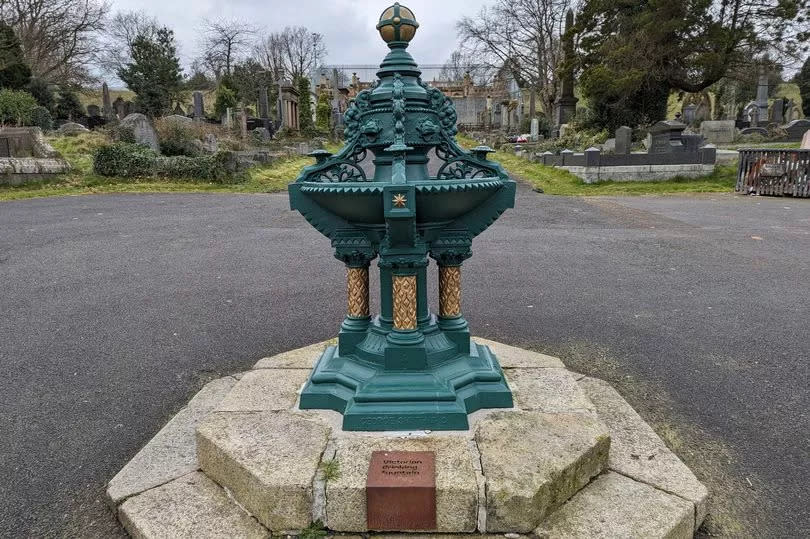Belfast City Cemetery a “wasted opportunity” that could be tourism magnet, it is claimed

Belfast’s City Cemetery is a “wasted opportunity” that should be a tourism magnet on a par with Dublin’s Glasnevin, it is claimed.
The historic site contains the remains of around 230,000 people including many significant figures in Belfast and Irish history.
But a source familiar with the cemetery’s history and local tourism has told Belfast Live “a lot of money has been spent there” but the West Belfast facility remains “under-developed” as a potential tourism asset.
Read more: Fears unmarked baby graves at Belfast cemetery will be disturbed by ongoing work
At Glasnevin, ‘Ireland’s largest burial place’, tourists can choose from ‘ever-popular tours’ and a ‘brand new indoor visitor experience Extra-ordinary Lives Monday to Sunday’.
Glasnevin, the cemetery’s dedicated website tells people, “is now a significant destination for visitors, tourists and scholars who wish to learn more of the people and events which shaped the Ireland of today”. A wide number of tours, available throughout the day, are easily booked online.
For Belfast’s City Cemetery, however, there is no dedicated website, but the Visit Belfast website states that tours “can be organised by making a booking request”.
It adds: “They will do their utmost to meet the dates or times specified. Depending on guide availability, they cannot always guarantee this. A good amount of notice must be given.”
According to the Belfast City Council website, visitors “can download a free app so they can take self-guided tours”. Private tour-guides who cover the City Cemetery operate independently from the Council.

In February last year a new visitor centre “documenting the history of Belfast City Cemetery and the people buried within it” opened.
The building, the Council said at the time, “is a key element of a £2.8 million heritage project funded by The National Lottery Heritage Fund, Belfast City Council and the Department for Communities”. The opening hours the centre operates are Tuesday to Saturday 9.30am to 1.30pm.
The statement quoted a senior official from the National Lottery Heritage Fund saying they were “looking forward to the unveiling of the Cemetery’s fascinating, historic features in the coming months when restoration works are complete”.
The Council added that the heritage project’s aim is “attracting more visitors to the cemetery” and that the “final key elements of the project will see the restoration of several historic B1-listed monuments including the cemetery’s central steps and vaults and Victorian fountains, as well as the installation of new interpretive signage in Irish later this year”.

However, the central steps, also known as Gallaher’s Steps as many of the tobacco magnate Gallaher family are buried there, remains fenced off from public view, while the large Victorian fountain was removed several years ago for restoration work and the site remains fenced off.
Sources say anti-social behaviour in the cemetery is a “major issue”, hence the fencing around the Central Steps. Belfast Council insists work is ongoing to enhance the cemetery as a tourism asset.
A spokesperson told Belfast Live: “Restoration work on the majority of B1 listed monuments at Belfast City Cemetery, including the central steps, is now complete. The Victorian fountain has required very specialised attention and, once these works are complete, the fountain will be re-installed in the cemetery and the security fencing removed from around the central steps. The installation of external dual language signage is also underway and will be completed in the coming weeks.
“The visitor centre is now open five days a week, Tuesday to Saturday, from 9.30am-1.30pm. We are continuing to work with our partners, including Tourism NI and Visit Belfast, to promote the centre and explore options to attract additional visitors to City Cemetery, including the potential to offer regular cemetery tours.”
It is understood a portion of the £2.8 million heritage project funding has been set aside to cover ongoing maintenance, training and programming at the site, according to Council sources, however it is unclear how much.
Dating back to the 1860s, Belfast City Cemetery is one of the oldest public cemeteries in the city and is the final resting place of many notable figures including Edward Harland, co-founder of Harland & Wolff; Margaret Byers, suffragist and founder of Victoria College; and Sir William Pirrie, chairman of Harland & Wolff in the Titanic era, and former Lord Mayor of Belfast.

Belfast Council online info on the cemetery adds: “The site also contains many points of historical interest, including the poor ground where over 80,000 souls lie in unmarked graves and an underground wall, which was built in Victorian times to separate Protestant and Catholic graves.
“Additionally, City Cemetery has a number of key listed heritage assets including the central steps, Victorian fountain and Jewish Cemetery.”
For all the latest news, visit the Belfast Live homepage here and sign up to our daily newsletter here.

 Yahoo News
Yahoo News 
